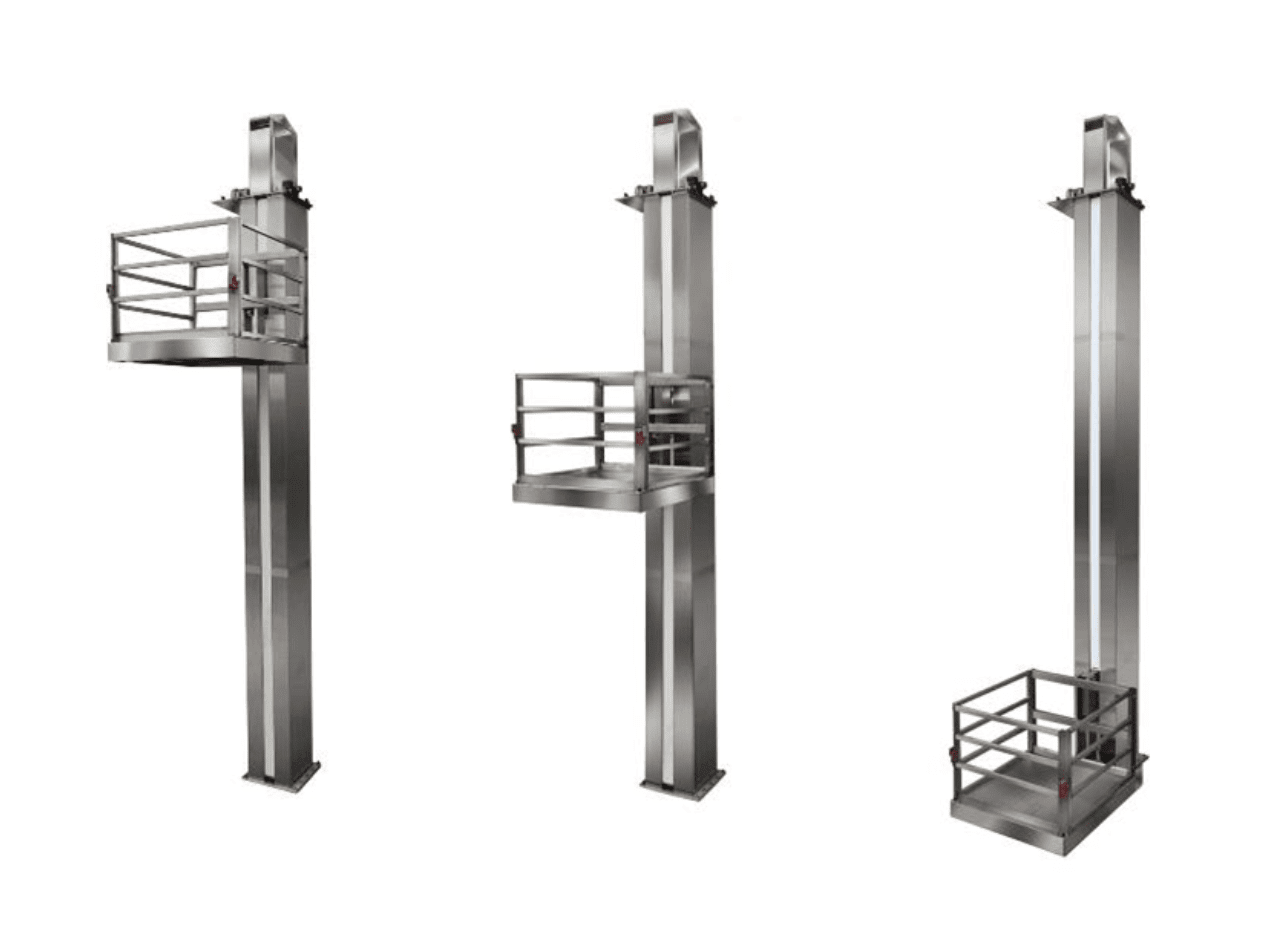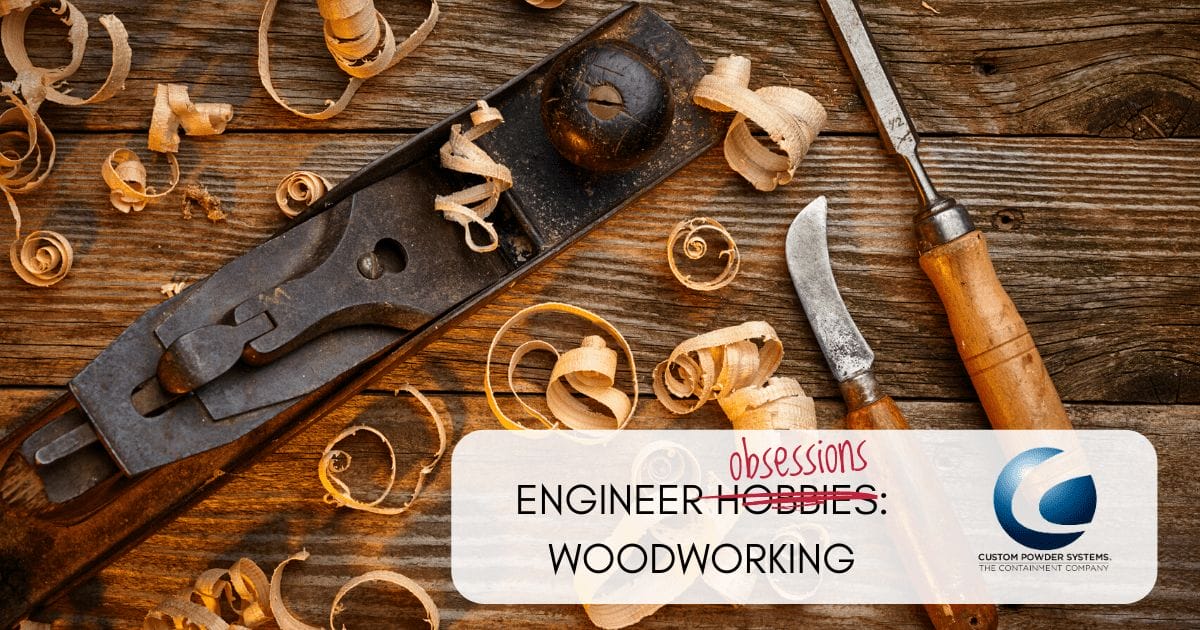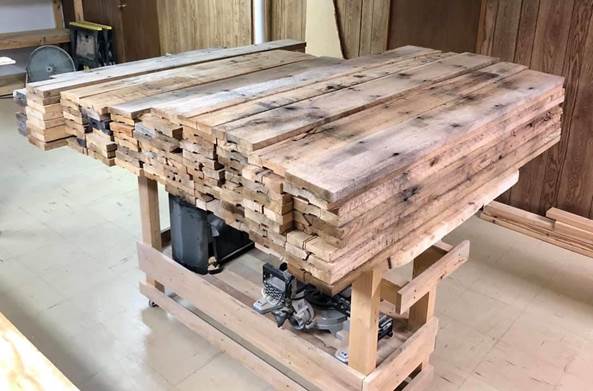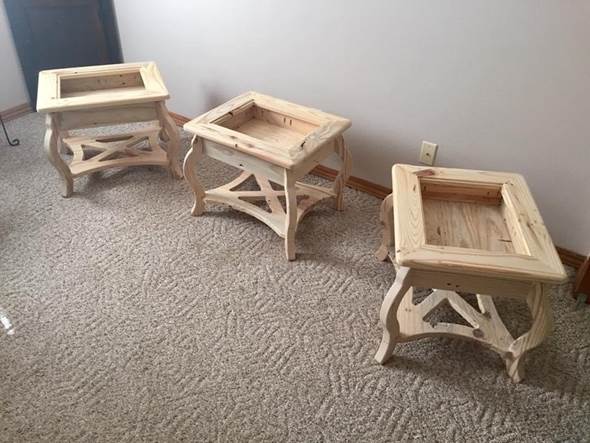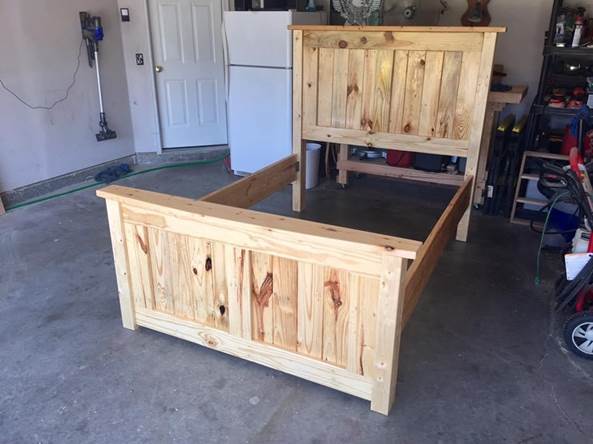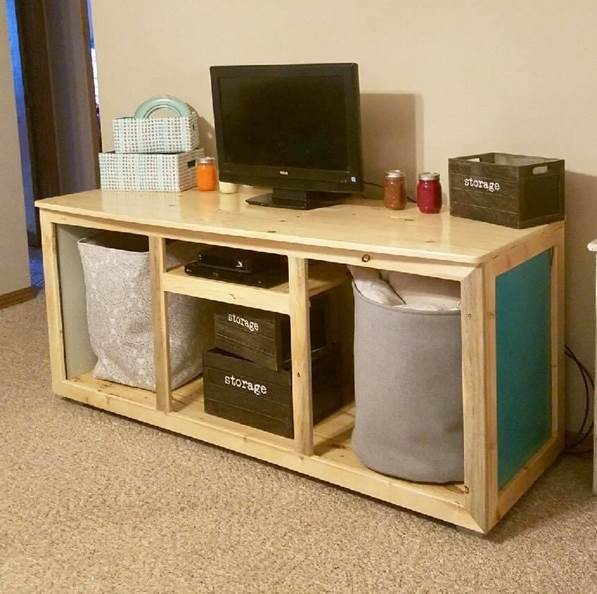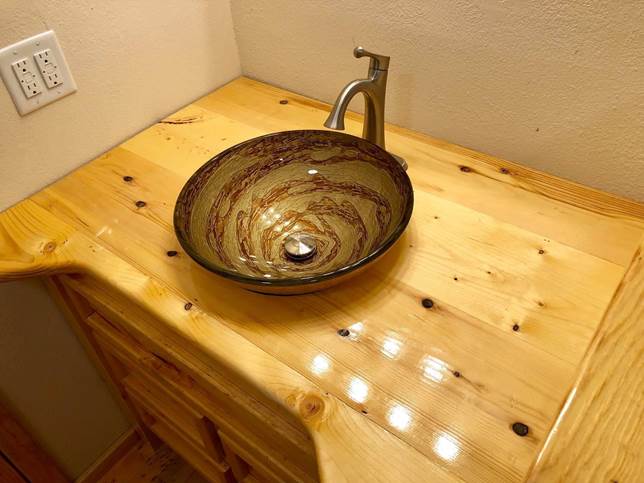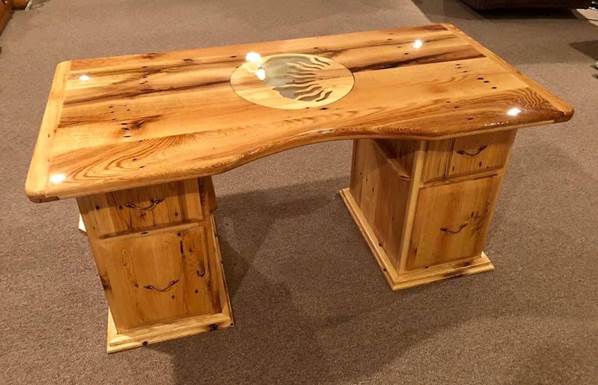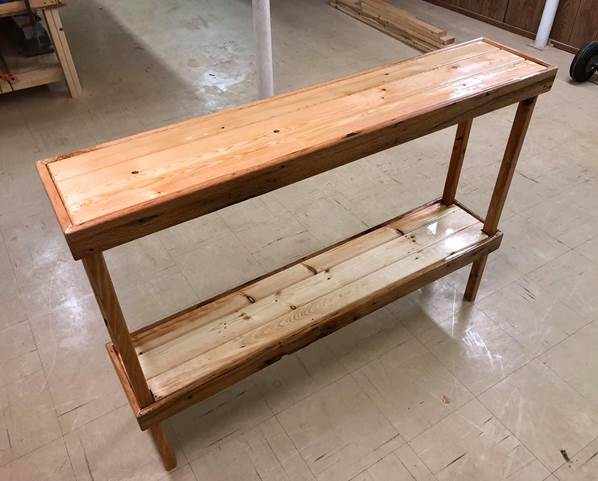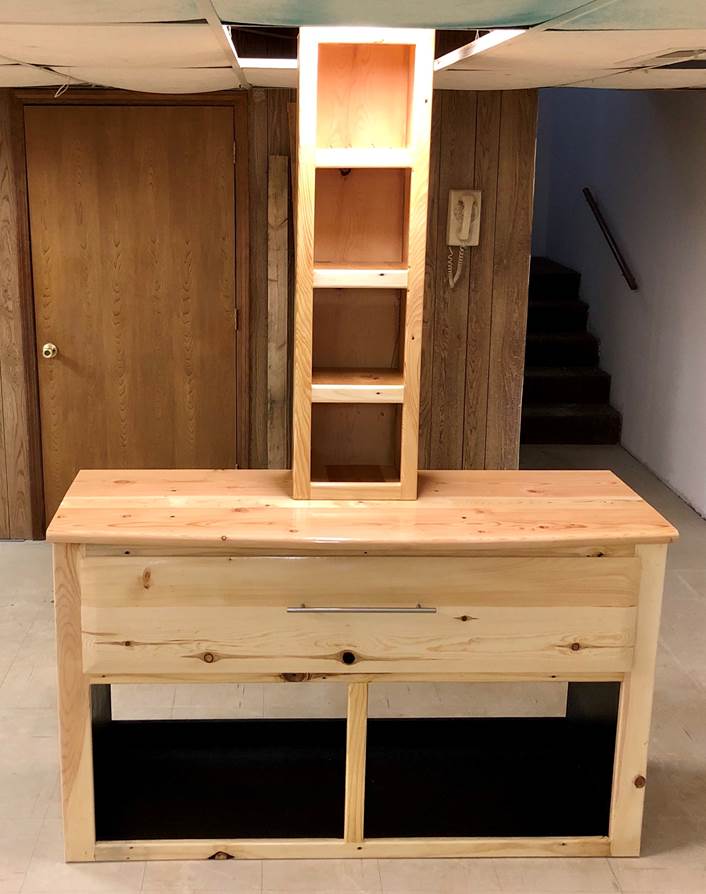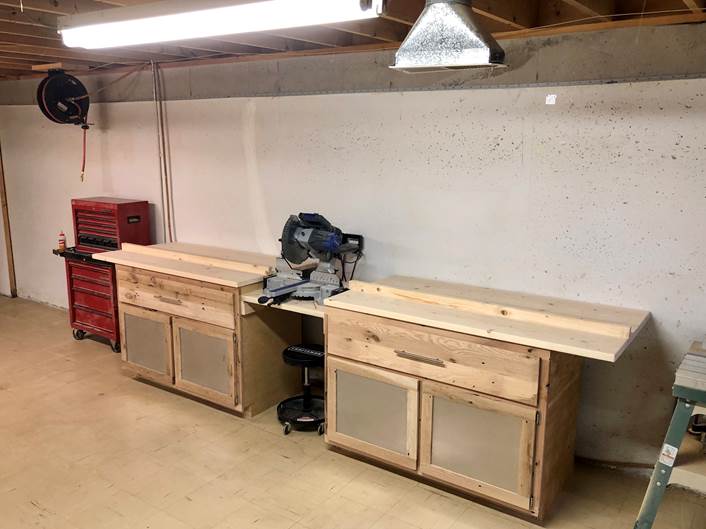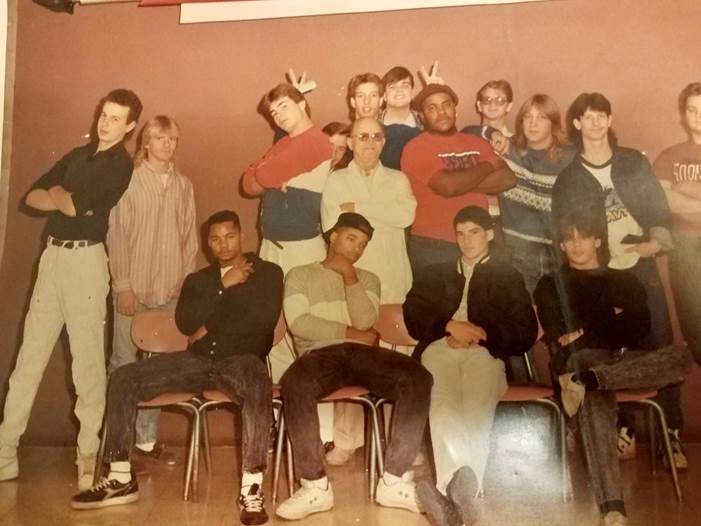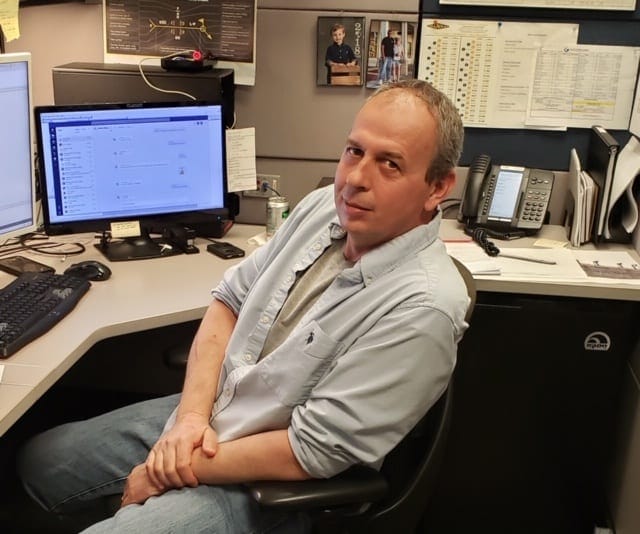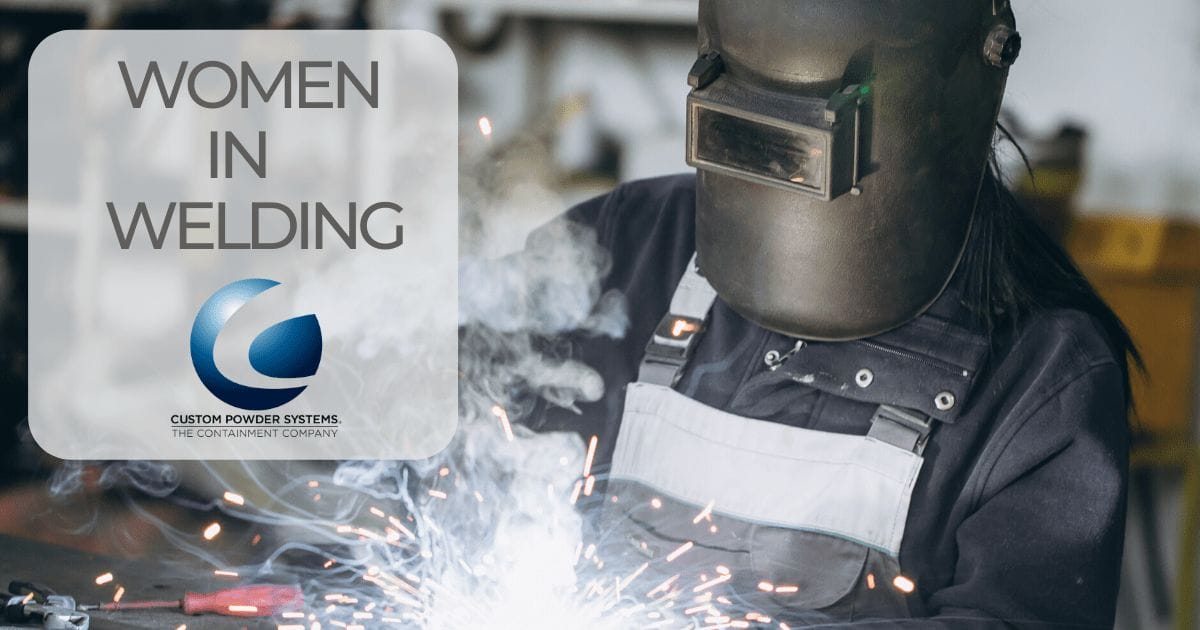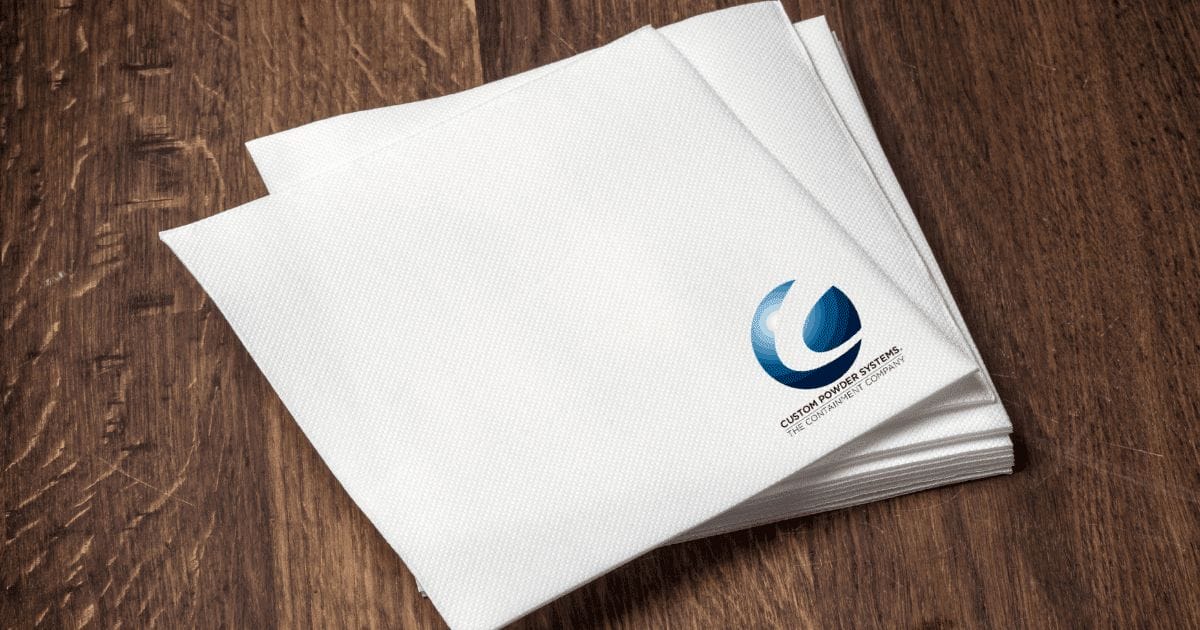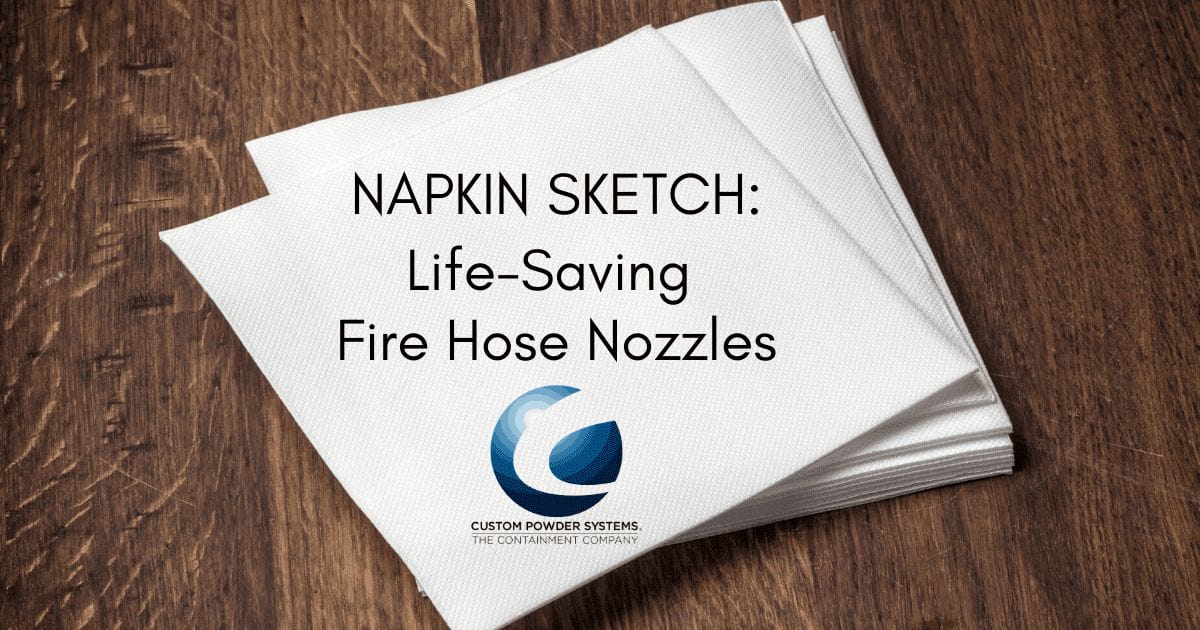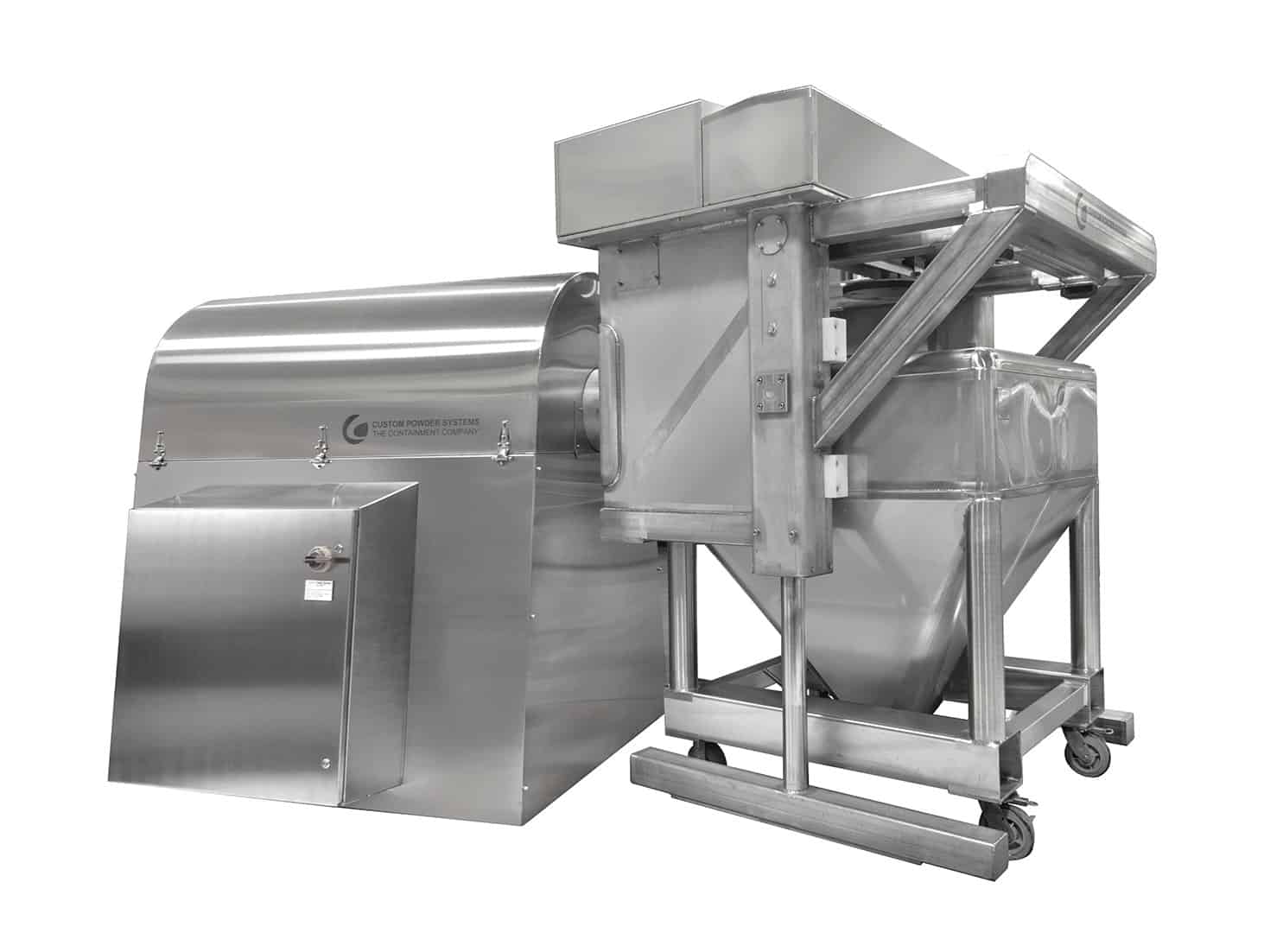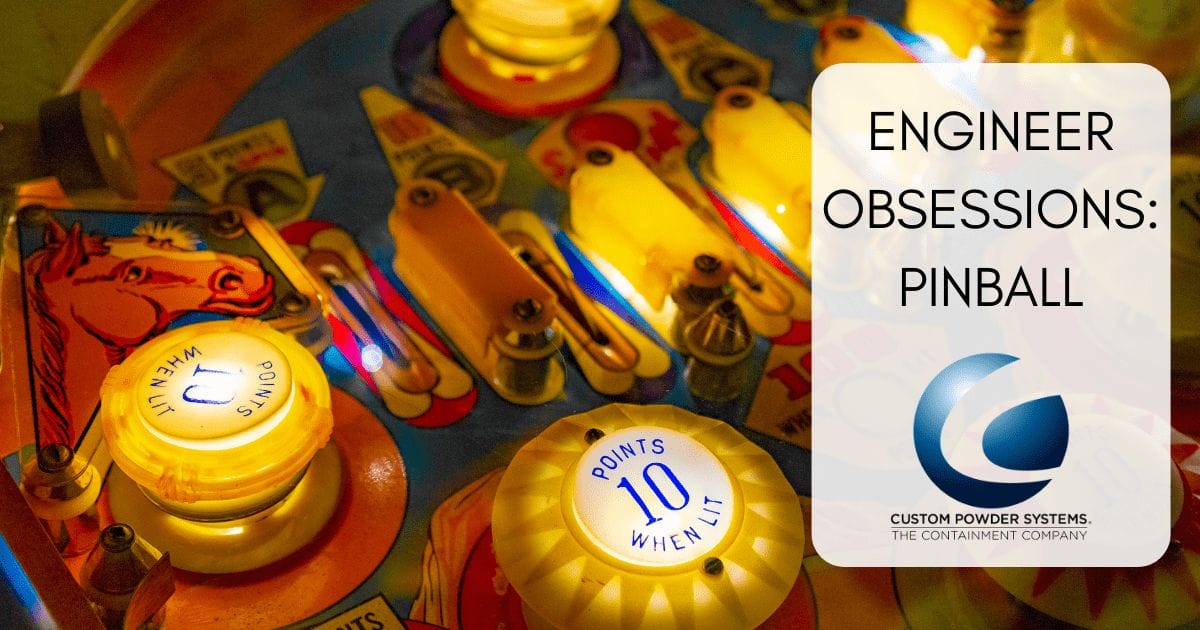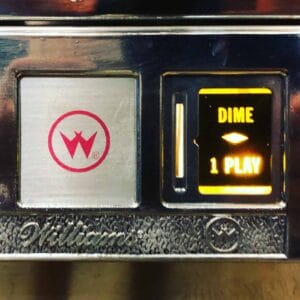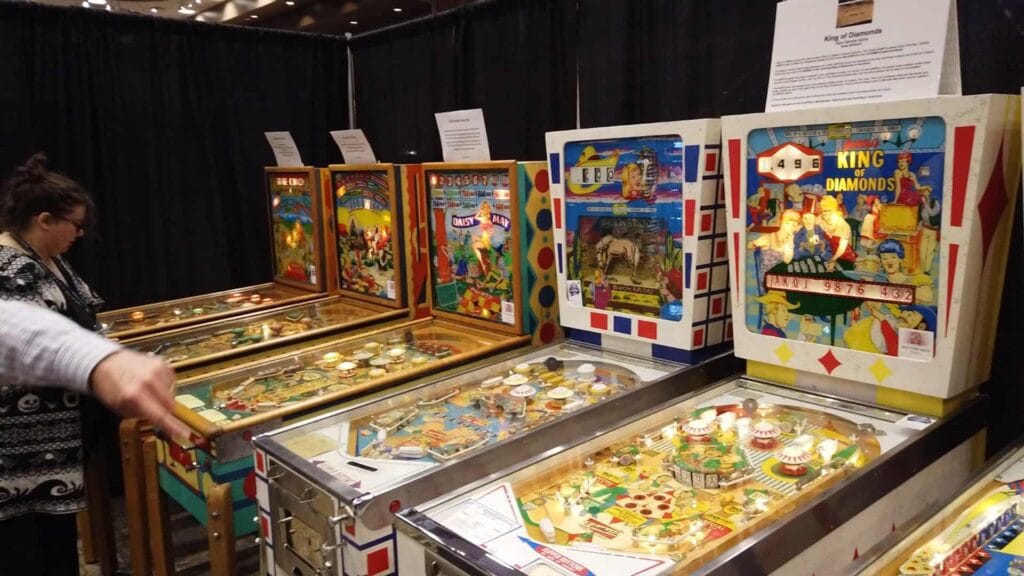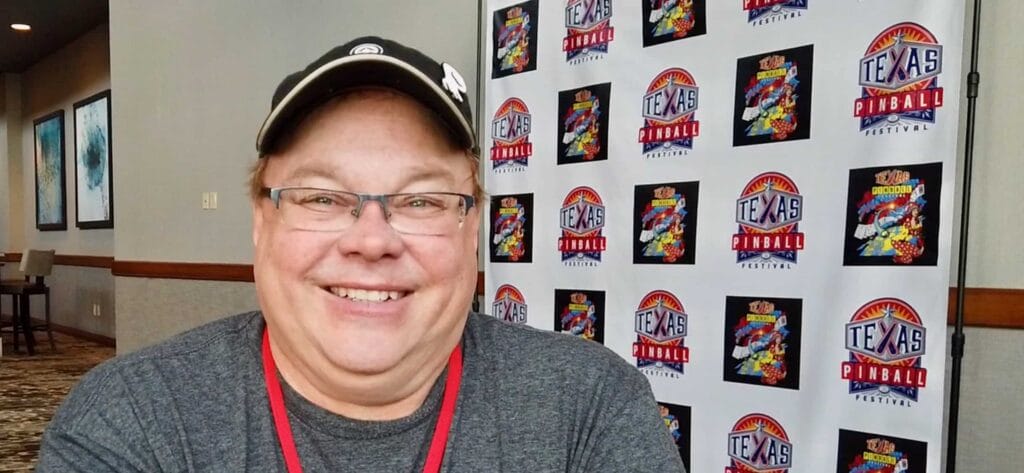We are an idea company. When we first meet customers, they are always a bit baffled…perplexed…flummoxed even. Our job is to take their (seemingly) impossible challenge and come up with the best way to solve it. We love love love being asked to do the things that haven’t been done before.
We’ve been sharing with you stories of great inventions and businesses that literally started on a blank cocktail napkin. Today, we want to give you your blank napkin:
What will you do with it? What can you do with it? From the Gettysburg Address to Southwest Airlines, great ideas just need a little space. Entire forests have grown from a tiny acorn. Like a growing plant, ideas need air, room, and nutrients. If you neglect ideas and hide them away, they most certainly perish.
But a blank page can be a tad daunting. When you’re told “just come up with ideas…the sky’s the limit,” you may find yourself paralyzed by over-choice. Coming up with ideas is like a muscle. With work and practice, you can find yourself coming up with ideas like a post-impressionist artist!
Introducing your new muse: Alex Faickney Osborn.
Osborn was a mid-century ad-man (the “O” in BBDO). He’s the one to thank for “brainstorming.” That’s his baby. Many think brainstorming is “just throwing ideas out there and seeing what sticks,” but brainstorming is a process. A system.
What’s the goal?
It’s important to know where you’re going before you start. Gather as much information as you can and identify what you’re trying to accomplish. Whether you’re brainstorming by yourself or with a team, this will help keep your ideas on track.
Agree it’s just ideas
The first thing you must do is agree that you’re just coming up with ideas. NOT solutions. This might be the hardest part. Our busy brains want a solution, so each time an idea is presented, it’s very natural to shove them through the logic-filter to see if it’s a “good” idea or a “bad” idea. It’s neither. It’s just an idea. You absolutely must separate the generation of ideas from the solution. We’re not there yet.
Solutions
Now that you have your ideas, you can work on your solution. Ideas and solutions don’t play nice together. The right side of your brain is playing with possibilities, while the left side of your brain is trying to herd a bunch of crazy squirrels. Each side resents the other and when they start fighting, you get stuck. Just as you kept ideas separate from the solution, keep the solutions away from new ideas. Otherwise, you’ll find yourself in rabbit holes you never expected.
Test this thing
Now you can implement the solution. A solution that came from a goal to come up with ideas that lead to the solution. Did it work? No? Now you refine the goal. Then you come up with ideas. Then you apply the ideas to a solution.
Alex Osborn worked with Professor Sid Parnes and developed the “Creative Problem-Solving System,” or “CPS” (Hey! Nice initials!)
“Of all the gifts we have as humans,” said Professor Parnes, “the one that stands out, giant-like above all the rest, is our ability to be creative. It is responsible for all the progress we enjoy today.”
Their work led to the founding of The Creative Education Foundation, a non-profit organization developed to “spark personal and professional transformation by empowering people with the skillset, toolset, and mindset of deliberate creativity.”
The Osborn-Parnes Method, loosely outlined above, goes like this:
Clarify: This includes setting a goal, gathering information, itemizing your resources and knowing any challenges.
Ideate: Now you’re generating ideas that are connected to your clear goals. Don’t stop. As many as humanly possible, without judgment.
Develop: This is where you turn ideas into solutions. Evaluate, improve, and select the ideas that fit.
Implement: Explore acceptance and identify resources and actions that will support the implementation of the selected solution(s).
This comes from the firm belief that everybody IS creative in some way, and everybody HAS the capacity to learn creative skills. Should the implementation not work for some reason, refine your goals and restart the process.
Because it is a process.
Have a happy, and very creative, new year. Here’s your napkin.



